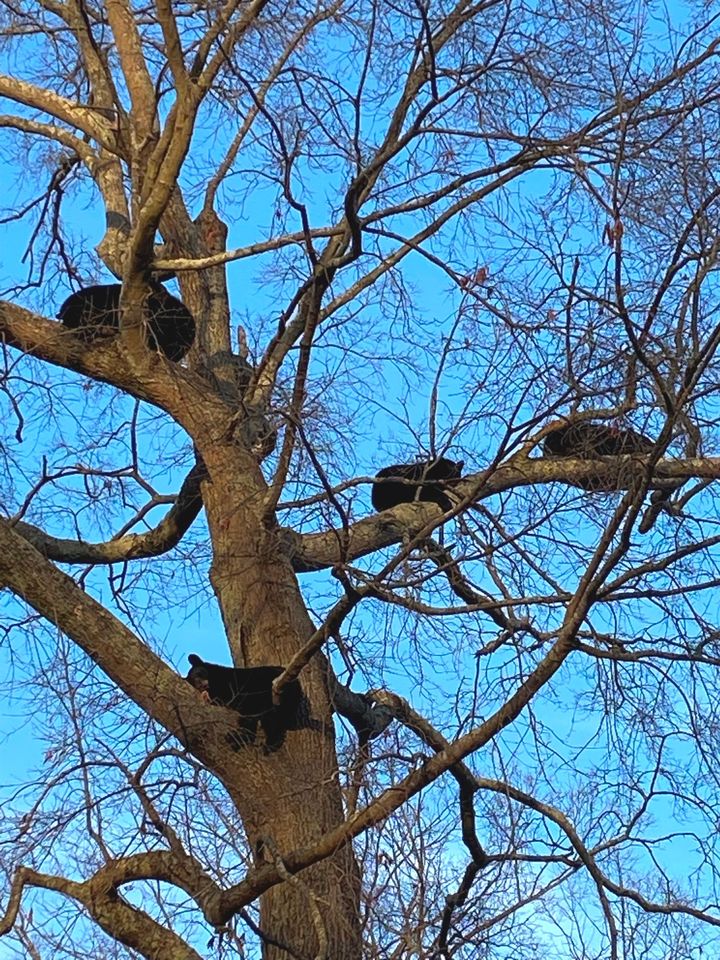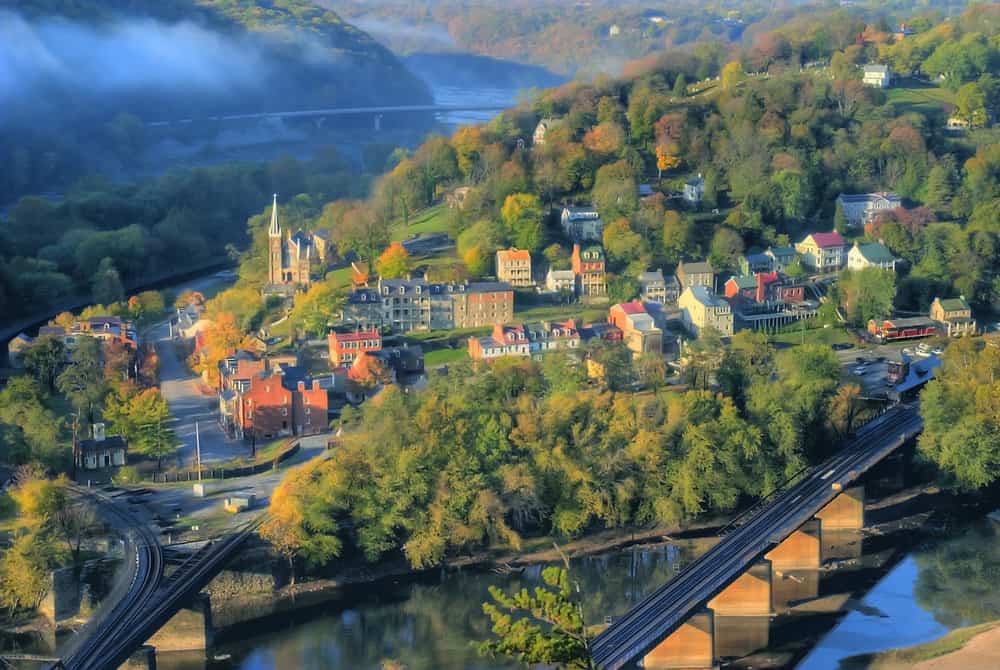You can’t make this up. A mama bear and her cubs wander into a suburban neighborhood, climb a tree, and doze off. On a street appropriately named Bruin Drive, in Chesapeake, Virginia. And wildlife officers say it’s not that unusual this time of year in the lower Bay.
Black bears are mammals that can live up to 30 years in the wild. In Virginia, they are usually black, as the name implies, but in other parts of the country they may be red, brown or even blond. Adults are 4-7 feet long. Adult males can weigh up to 500 pounds, while females top out around 250. They cannot retract their powerful claws. They have an especially keen sense of smell. They are described as crepuscular, which means they are most active at dusk and dawn. They are good climbers, and can move across the ground much more quickly than their bulk would suggest. A female’s home range can cover 50 miles. In southeast Virginia, black bears do not truly hibernate, but they do enter dens between October and January, depending on the weather.
Bears are normally secretive and finding a family in a residential neighborhood is not a daily occurrence. However, the Virginia Division of Wildlife Resources (DWR) notes that bears are most active this time of the year, as they try to pack on calories for the winter. Their fall dining can go on for up to 20 hours each day, consuming 20,000 calories! This intense feeding is called hyperphangia. This overwhelming search for food can lead bears into areas where they normally are not seen, such as residential neighborhoods that have trash cans, bird feeders, or even chicken coops and beehives. According to the Bearwise.org, a pound of blueberries is 256 calories, while a bird feeder full of sunflower seeds can provide almost the entire 20,000 calories in one easy sitting.
In the Chesapeake Bay proper, black bears are more common in southeast Virginia and in the James River watershed. They are much less common up the bay and on the Eastern Shore. Bears are good swimmers and do not hesitate to enter the water to get to their destination.
This bear family was first reported about 2 a.m. on Dec. 20. After daylight, the family was found napping in a tree right beside a brick house. The family consisted of a mother estimated at 150-pounds, a male cub estimated at 70 pounds, and two female cubs estimated at 40 pounds each. Local police and personnel from DWR had to cordon off the area in order to keep over-curious humans from startling the bears, which might result in injury to the bears and/or people. Mom bears can be unpredictable around their cubs. DWR’s Gray Anderson said the bears, if left alone, would come out of the tree on their own.
And they did. About midnight that same day, the bears came on down. After snacking from the homeowner’s bird feeder, they rambled off in the direction of the Great Dismal Swamp National Wildlife Refuge. The refuge, which is about a dozen miles south of the tree, supports a robust bear population.
-Kendall Osborne




